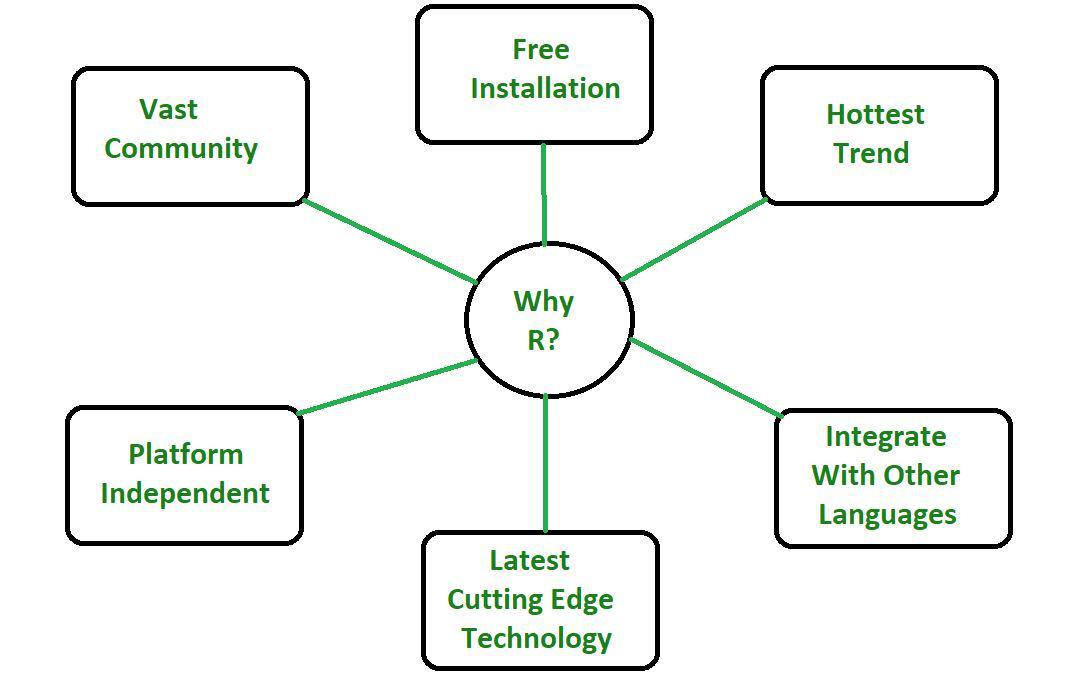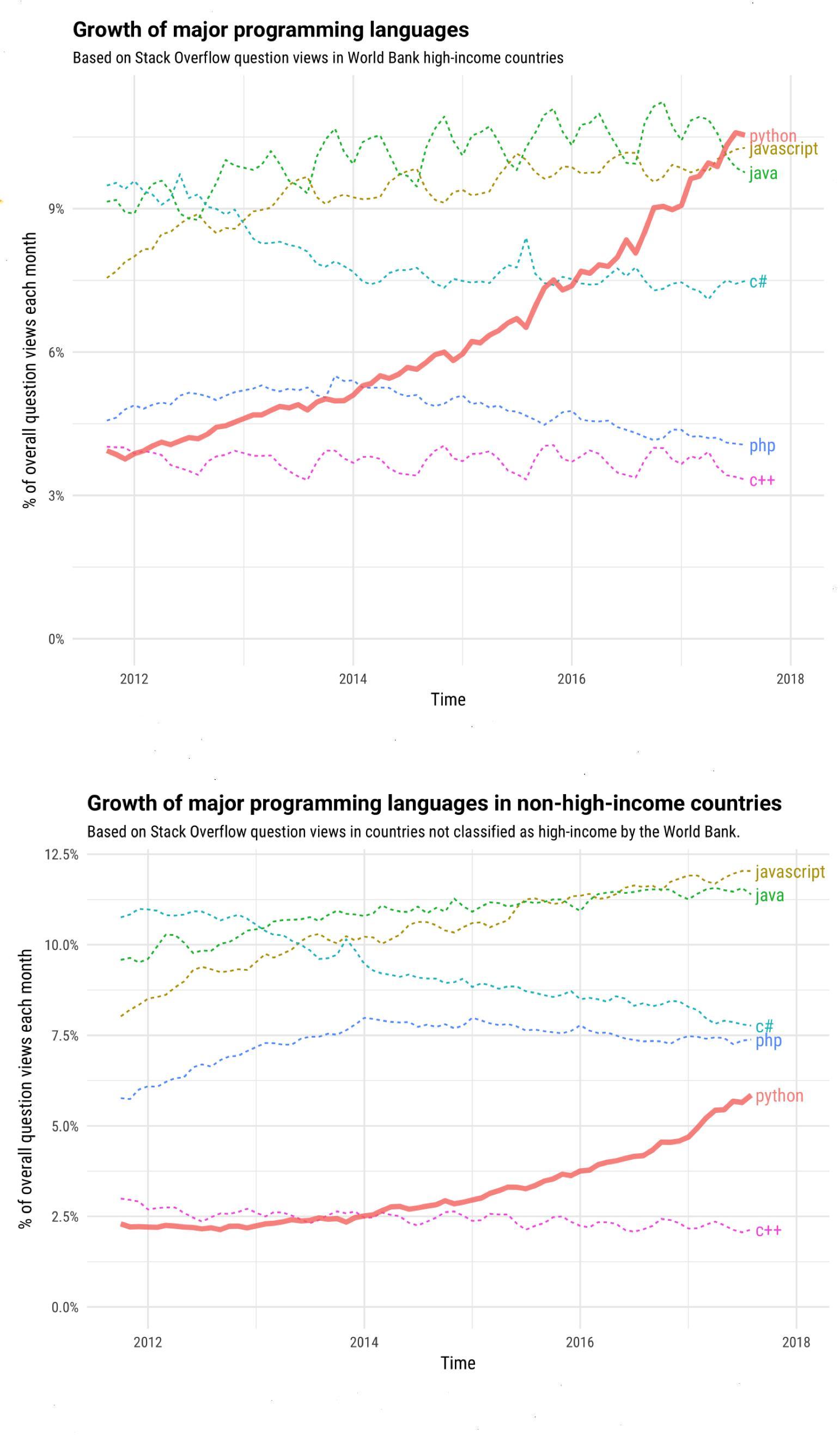
R Programming: The Roadmap to Mastery in 2024
As we dive into 2024, R programming remains a valuable tool for data experts. Despite predictions of its downfall, R’s power in statistics and data visualization makes it a must-have skill in many areas. In this article, we’ll provide a comprehensive roadmap to learning R programming and explore its significance in the world of data science.
What is R Programming?
R is a free and open-source programming language developed by Robert Gentleman, Ross Ihaka, and others at the University of California, Berkeley, in 1993. It’s free software, meaning it can be released in various versions and run for multiple reasons, including research and tuning. R is used for a wide range of statistical applications, such as standard statistical tests, linear and non-linear modeling, classification, grouping, time series analysis, and many other applications.
 R programming features
R programming features
R provides an open-source path for statistical methodology research. It’s compiled and runs on UNIX, Windows, and MacOS. R programming features include open-source, powerful graphical capabilities, a highly active community, cross-platform support, data wrangling, a comprehensive environment, distributed computing, running code without a compiler, a wide range of packages, data diversity, and machine learning.
Why Learn R Programming?
When asked whether R or Python is the best language to learn, the response is always: “It depends on your circumstances.” But learning SQL is an absolute must. R is a valuable tool to have in your toolbox, particularly if you’re already familiar with Python or working in data-intensive industries such as science, finance, or academia.
Top Skills to Learn for R Programming
While R may not be the right choice for everyone, it’s essential to focus on the following top 10 R skills:
- Learn R syntax and data structures
- Write efficient R code with conditionals and iteration tools
- Create reusable, modular R code with functions
- Import and manipulate data in R
- Visualize data using ggplot2 in R
- Create reproducible reports with R Markdown
- Perform statistical analysis in R with functions and packages
- Build interactive dashboards in R with Shiny
- Implement machine learning in R
- Analyze text data with R text mining and NLP techniques
Benefits of R Programming Certificates
R programming certifications will be increasingly important in 2024 as the need for skilled R programmers and analysts increases. Here are some reasons why you should consider getting an R programming certificate:
It will demonstrate your skills and experience to potential employers It will help you advance your career as a data scientist or an analyst Skill validation: R certifications demonstrate your proficiency in data analysis, visualization, and statistical modeling. Career boost: R certifications make you stand out in a crowded field of candidates. Employers appreciate tangible evidence of your skills, making you more appealing to potential employers. Structured learning: Certification programs offer structured content to ensure a comprehensive understanding of R concepts and real-world applications. Industry relevance: R is used in a wide range of industries, such as data science, finance, and research. Certifications match real-world needs and increase employability. Community support: Networking, resources, and ongoing learning opportunities are available within the certified R community.
Roles Offered for R Programming
Roles offered for R programming are Data Science, Data visualization, Quantitative Analysis, Statistician, R programming, Architecture, Data Administrator, and Data Analyst.
Conclusion
When you start to learn R programming, one of the first things that comes to your mind is, “Is R a language worth learning?” and “What are the prospects of R programming?” R is the most widely used statistical programming language by data scientists and statisticians. About 2 million users use it. While R appears to be the winner in data analysis tools, this category, which has many terrible competitors, does not compromise this futuristic tool, considering that its growth is only showing a sigmoid graph across time. Among different well-known languages of statistics programming, R stands among the leaders and is one of the most beloved languages for data sets analysis. R programming language is the killer among the well-equipped tools that can be applied to any machine learning model; therefore, it is inevitable in the reality of data science. Its libraries and packages are emphasized as the most serviceable language for machine learning projects.
 R programming growth
R programming growth















